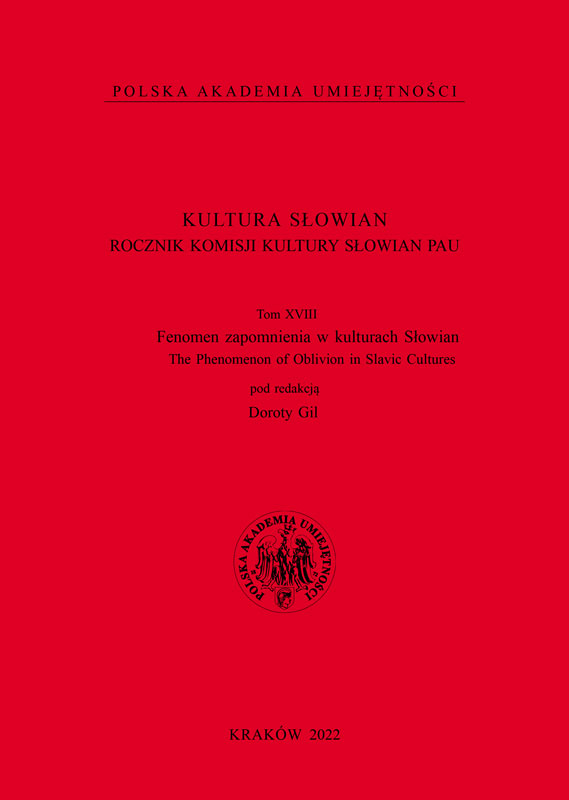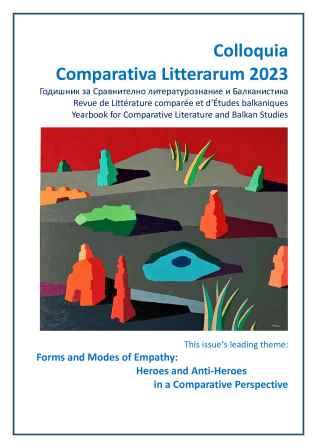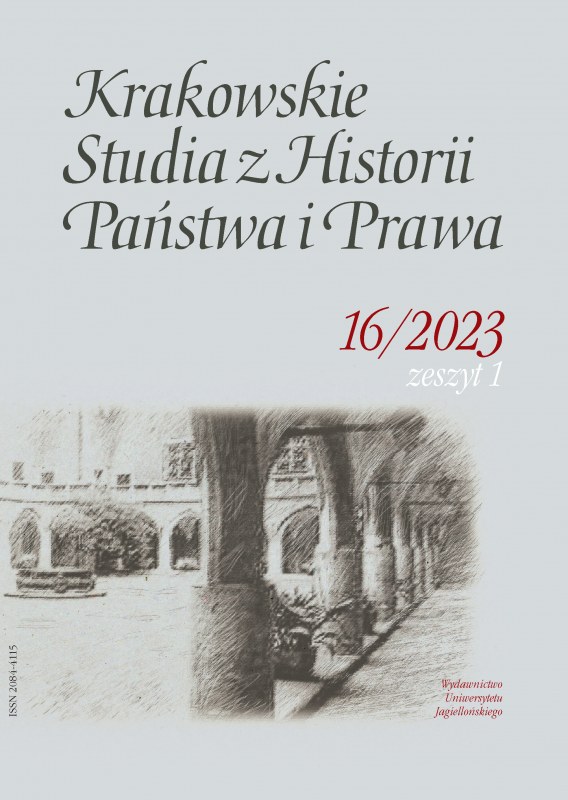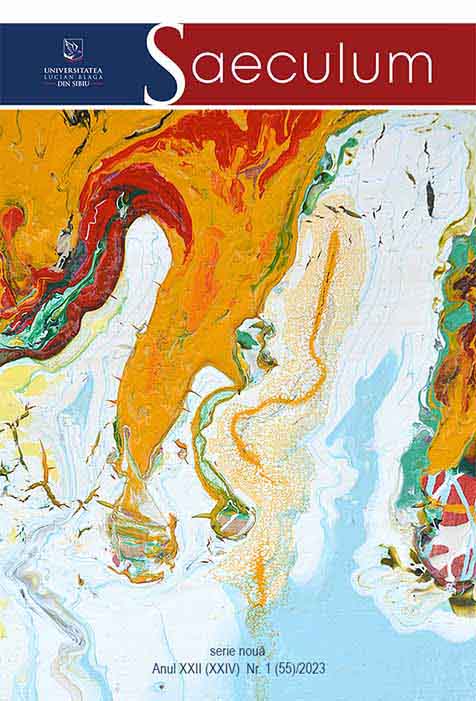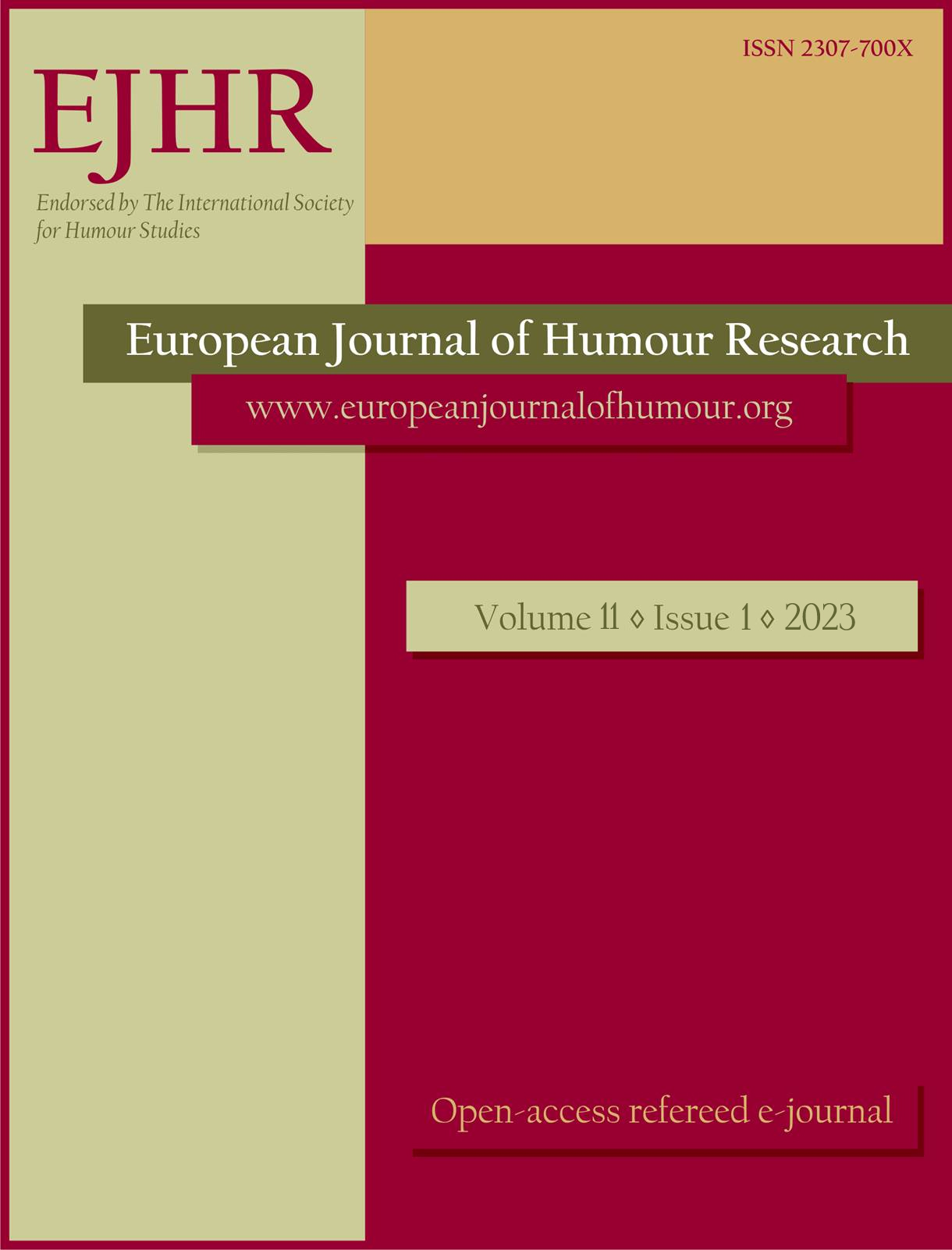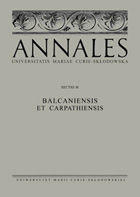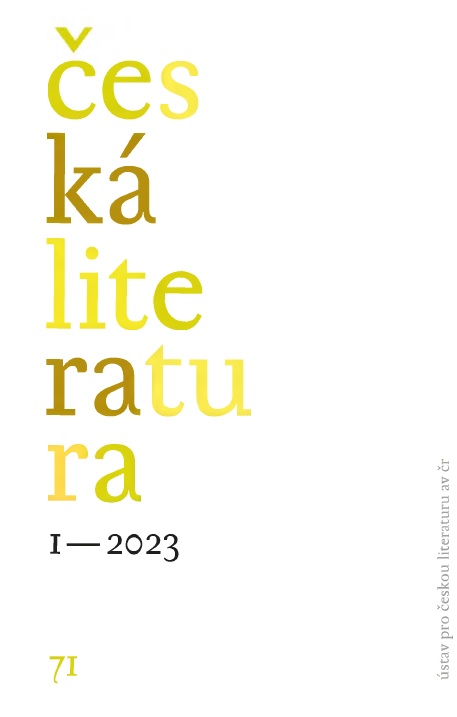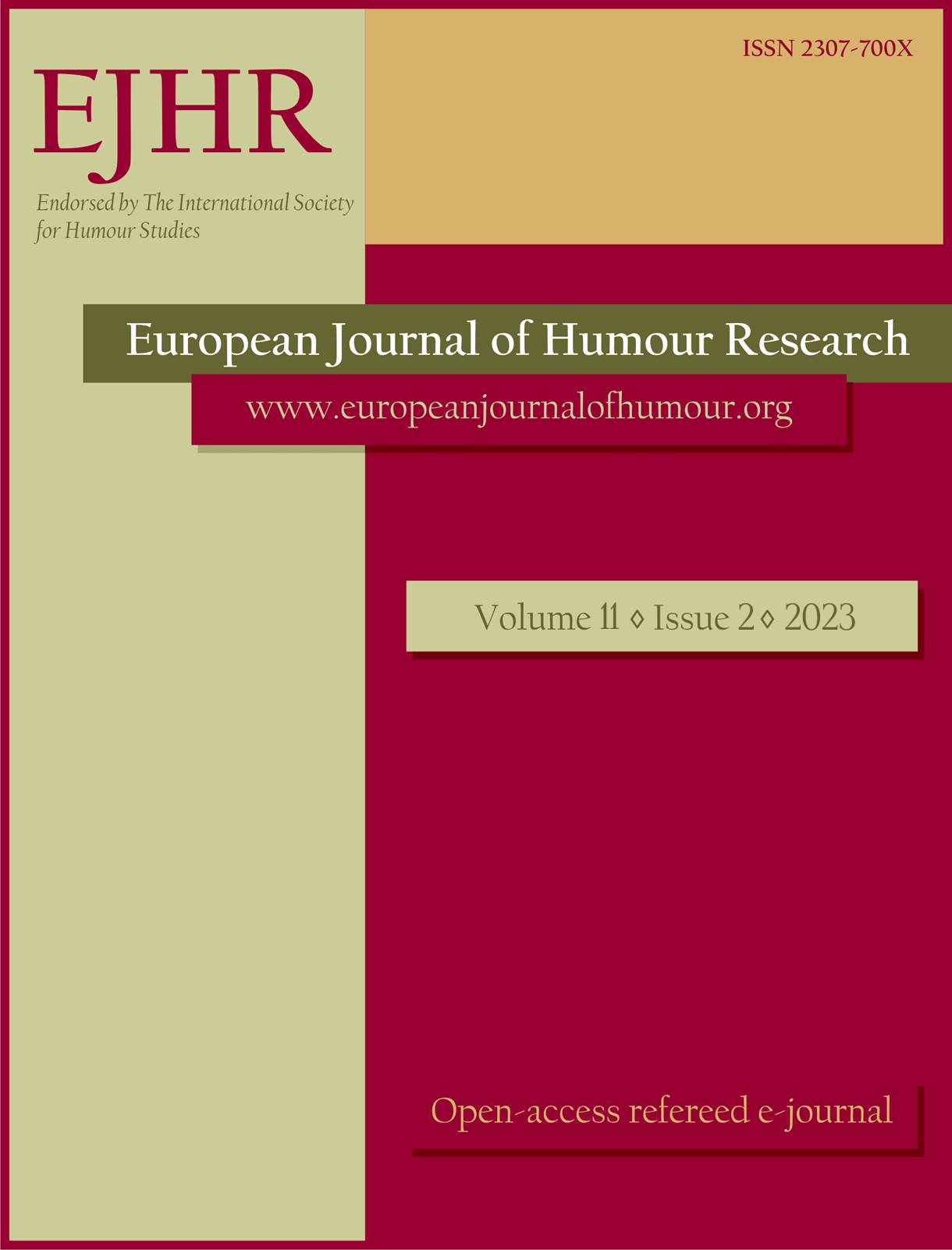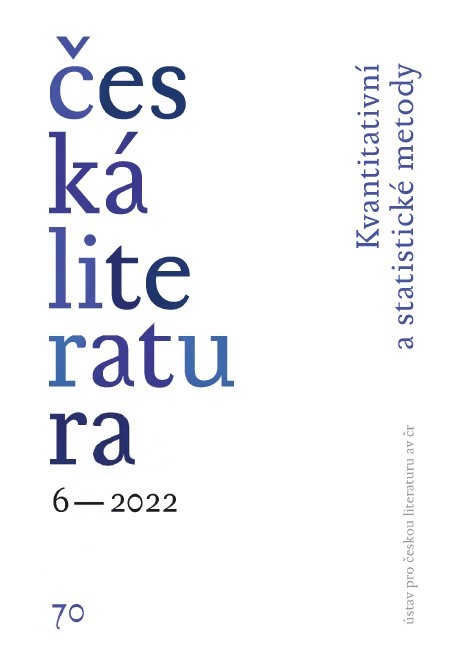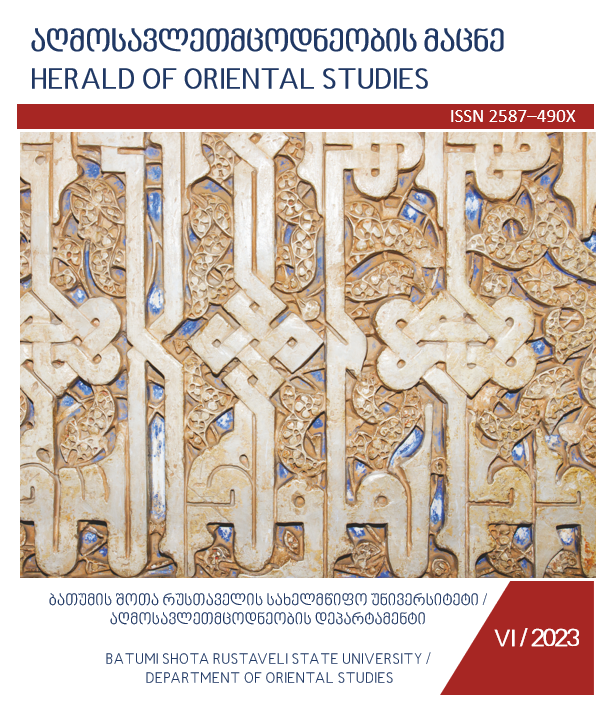
REPRESENTATION OF THE ORIENTAL WORLD IN THE LITERARY TEXTS OF XIX CENTURY EUROPEAN WRITERS
Interest in the Eastern world has a long history. Back in the middle Ages, during the Crusades, the differences between the West and the East became clear. One of the outstanding figures of the Middle Ages, Jacques de Vitry, a participant and eyewitness of the Fifth Crusade, who described the historical events in his most important work “History of the East” or “History of Jerusalem”, confirms the sharp differences between the Eastern and Western worlds in the Middle Ages, which should be studied, it has a long tradition in European historiography. The problems of the West and the East are the subject of many scientific studies and are still relevant today. The theme of the East has always occupied a special place in the works of European writers. Based on the relevance of the research topic, we set the task of studying the literary texts of the 19th century European writers. As research material, we selected the works of Chateaubriand, Lamartine, Nerval, Gautier, Maupassant, Goethe, Byron, Shelley, Moore and Flaubert on the theme of the East. Also, our task is to reveal and emphasize similarities and differences in travel literature created by European writers, to show the East seen through the eyes of Western authors. The present study is conducted based on the basic principles of comparative analysis and imagology. Imagology is a relatively new field of humanitarian research, which studies the face of the “foreigner”, “other” in the public or cultural consciousness of this or that country, ethnos. Comparative literature is interested in imagological studies. Literary imagology has its specific goals. It is a doctrine about faces, about those solid faces of ethnically, culturally different peoples that are presented in artistic texts. The purpose of our research is to reveal cultural markers in Western literary texts. The imagological aspects of comparative literary studies are most clearly revealed in the literary texts created on the theme of the “other”, “foreign” nation. In the end, this kind of approach will be a kind of novelty in the process of researching works on the subject of the East. Also, our goal is to study the imagology of the East as a cultural space in Western literature, since any text dedicated to the life, civilization, culture, traditions, customs, beliefs, representative of a “other” nation and The action takes place on the territory of “another” nation.
More...
